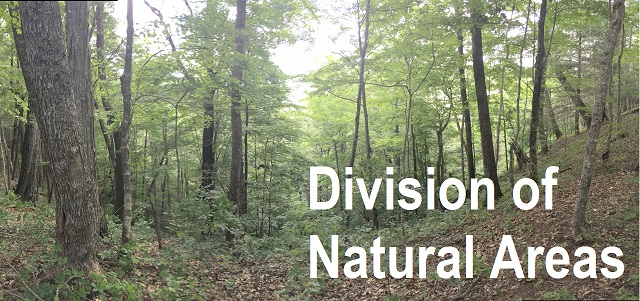Title
Do Appalachian herbaceous understories ever recover from clearcutting?
Document Type
Article
Publication Date
6-1992
Abstract
Life history characteristics of many herbaceous understory plants suggest that such species recover slowly from major perturbations such as clear cutting. We examined herbaceous cover and richness in the understories of nine primary (“old-growth”) forests in the southern Appalachian Mountains and of nine comparable secondary forests, ranging in age from 45 to 87 years since clear cutting. Neither cover nor richness increased with age in the secondary forests. This suggests three possibilities: (1) that recovery is so slow or variable among sites that 87 years is insufficient time to detect it; (2) that such forests will never recover to match remnant primary forests because climatic conditions are different today than when the forests became established; or (3) that herbaceous plants colonize pit and mound microtopography caused by the death of trees, so that recovery must await the growth, death, and decomposition of the trees of the secondary forest. Whatever the mechanism, herbaceous understory communities in the mixed-mesophytic forests of the Appalachians appear unlikely to recover within the present planned logging cycles of 40–150 years, suggesting a future loss of diversity of understory herbaceous plants.
Recommended Citation
Duffy, D. C., and A. J. Meier. 1992. Do Appalachian herbaceous understories ever recover from clearcutting? Conservation Biology 6:196-201. doi:10.1046/j.1523-1739.1992.620196.x



Comments
"This study benefited from support by the University of Georgia Research Fund, the Seatuck Foundation, and the Cooperative Unit of the National Park Service at the University of Georgia. Permission to work in the study areas was granted by Eastern Kentucky University, the U.S. Park Service, and the U.S. Forest Service. We thank D. Berg, M. Botzge, B. Dahl, F. Finley, W.H. Martin, and R. Watts for assistance with logistics. S. Bratton, F. Golley, H. Horn, W.H. Martin, and D. Waller provided valuable discussion and encouragement.
This is Contribution 14 from Lilley Cornett Woods, Appalachian Ecological Research Station, Eastern Kentucky University, Richmond, Kentucky." (p. 200)